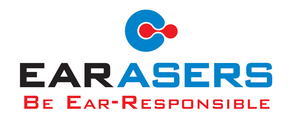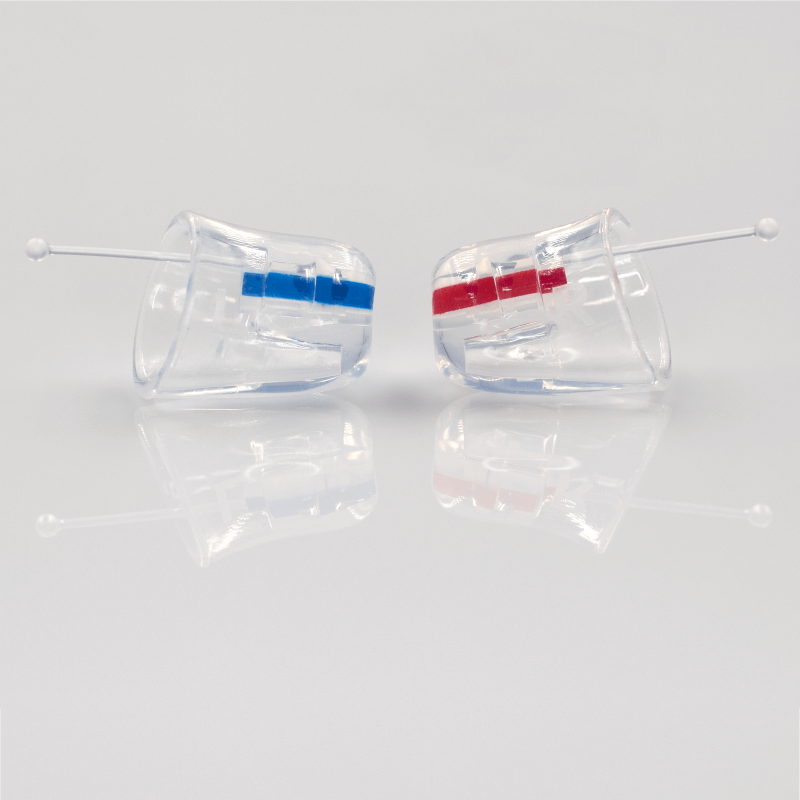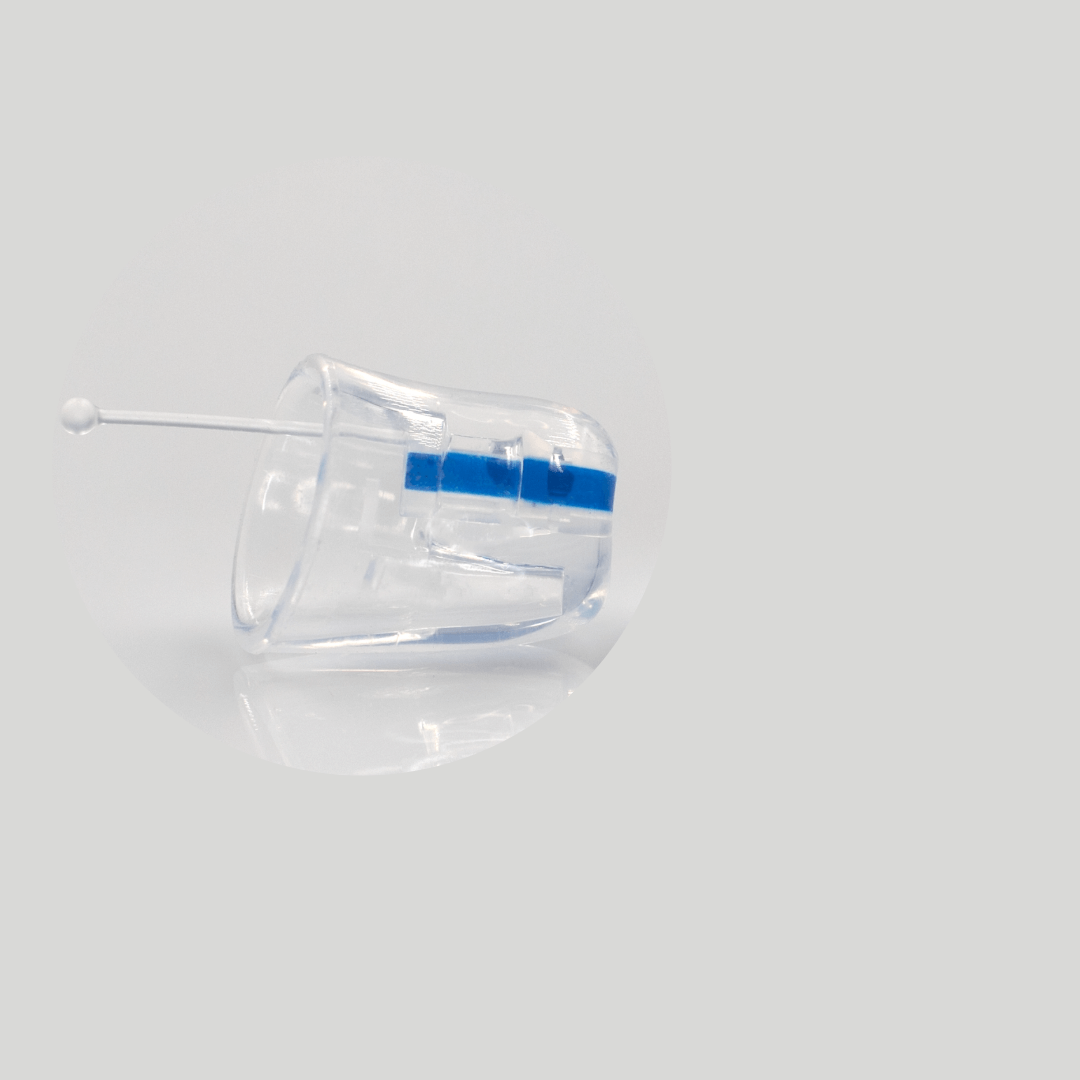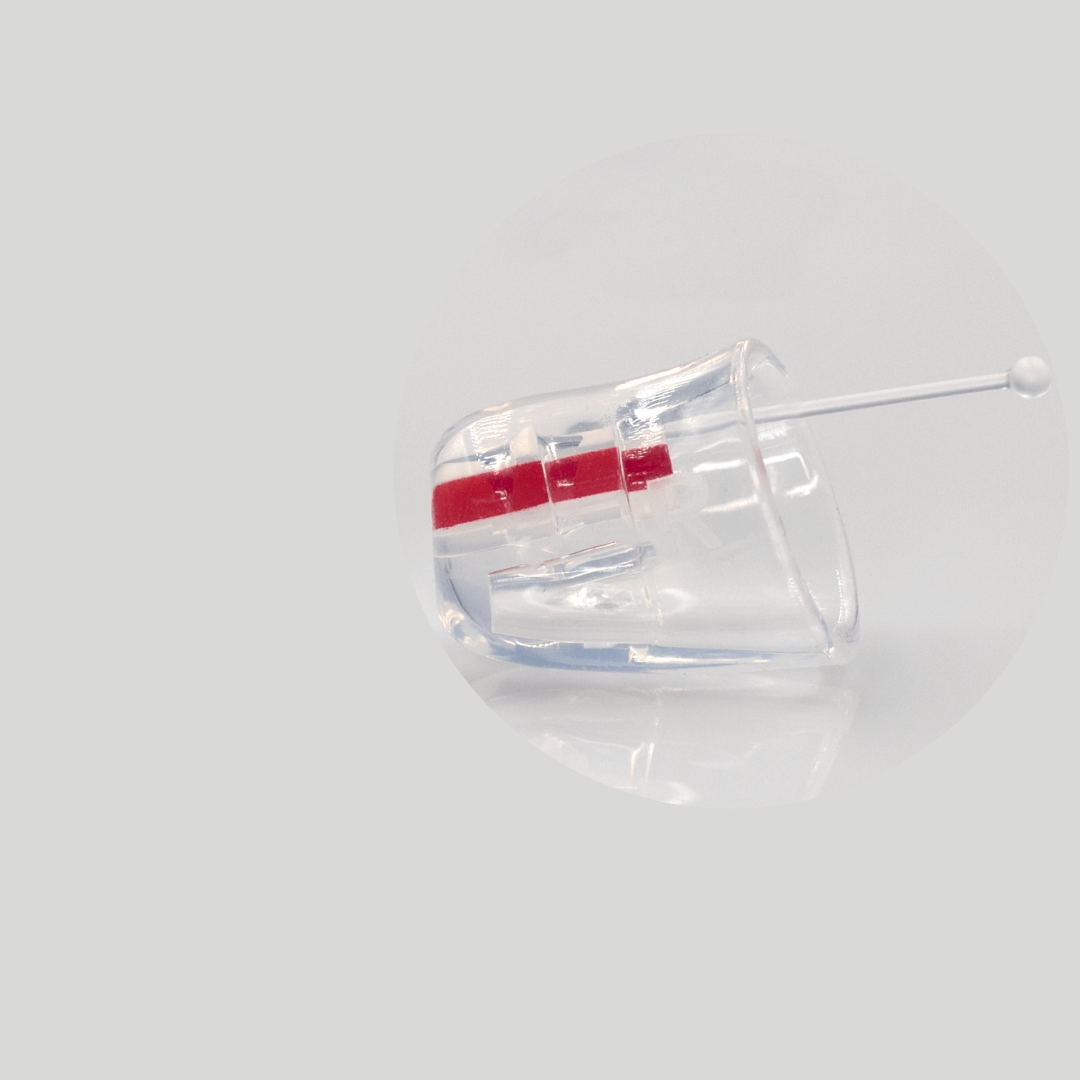A little background on why Earasers work so well for dentists & hygienists
Earasers filter loud noise so you can communicate at a safe, comfortable level. Soft, medical grade silicone conforms to the ear canal eliminating the need for expensive custom impressions.
The open canal shape and filter placement is specifically designed to allow sound to travel closer to the eardrum before being filtered, creating a more natural and clear sound which keeps understanding intact.
With just the right amount of protection, Dentists and Hygienists can enjoy invisible comfort and protection all day long.
Earasers don’t plug up your ears and muffle sound like conventional
earplugs.
How to choose? If you have never tried Earasers before, we recommend the standard filter. However, if you are already experiencing tinnitus (ringing in the ears) or hearing loss or other hyper-sensitivity, we recommend you start with a stronger filter. Also, if you are not interested in sound fidelity, just
blocking “as much as possible,” then you should try our "Peace & Quiet" Earasers under "Shop" tab above.
Noise levels in your practice
General noise levels in oral health settings:
To comprehend the impact of sound on hearing, a brief explanation is necessary. Every sound has a frequency measured in Hertz (Hz), indicating how many cycles the sound waves complete per second. A healthy human can hear frequencies ranging from 20 Hz to 20,000 Hz. However, certain frequencies are more perceptible to the human ear, even if they aren't louder. To address this, the A-weighted decibel scale was devised, which de-emphasizes lower frequencies (assumption: less risk due to human hearing limits). This scale helps assess the noise level experienced by listeners. In oral health settings, various sources such as hand-pieces, suction devices, ultrasonic scalers, and client interactions contribute to increased noise levels. Dental devices can easily accumulate noise, as observed in simulated work environments. Unobstructed suction noise levels fall within recommended limits, but when obstructed, the noise level increases, potentially causing hearing damage. Additional equipment like generators, aspirators, autoclaves, and compressors also contribute to background noise. The extent to which this noise affects hearing remains uncertain.
Hearing damage caused by ultrasonic scaler noise:
Ultrasonic noise refers to sound with a frequency above the human audible range. If the ultrasound is too strong, it can create subharmonics interpreted as squeaking sounds, potentially harmful in the long run. Ultrasonic scalers used in oral health settings produce high-intensity ultrasonic sound. Studies indicate that average noise levels of ultrasonic scalers are within safe occupational limits, but some studies suggest higher noise levels.
Lazar et al. surveyed 273 dental hygienists who self-reported that ultrasonic scalers may contribute to hearing loss. Almost 20% percent of the participants reported additional hearing difficulties, including tinnitus, specifically due to ultrasonic scaler use.
The use of ultrasonics following in a temporary shift in the hearing threshold has been documented by Arabaci et al. (in addition to tinnitus).
A statistically significant difference between a group of dental hygienists who frequently used ultrasonic scalers compared to a group that did not use these devices was reported by Wilson et al. This same study found something very interesting in the greatest affect was at the 3000Hz frequency range, the frequency which Earasers helps reduce the most!
Keep in mind that different people are likely to be more or less sensitive. There are always going to be differences interpreted between ears. Sometimes, the psychological impairment can be significant affecting sleep, and blood pressure , communication, and mood amongst other things.
Hearing impairment among oral health professionals: There is evidence of varying degrees of hearing impairment among oral health professionals, as shown by pure-tone audiometry testing. Dental practitioners have reported higher presumptive hearing impairment compared to medical practitioners. Quantitative studies have shown a higher prevalence of hearing loss among dental professionals. However, some studies found no significant difference in hearing impairment between oral health professionals and control groups. Different noise levels may affect oral health professionals depending on their role, specialty, or clinic type. Pediatric clinics, for example, have shown higher average and variability in noise levels, suggesting a higher risk of noise-induced hearing loss (NIHL) for their personnel. Students also experience varying noise exposure levels, depending on the setting, exercises, and care provided.
It is crucial to educate oral health professionals about potential hearing risks in their work environment while realizing many variables exist that can change exposure, probably most of which can be summed up as proximity rules. The closer you get to the source of the noise, the more you are at risk for developing NIHL (noise induced hearing loss) and other disorders. With Earasers, comfort and clarity will protect you - why risk it?
(Source of citations available upon request)







